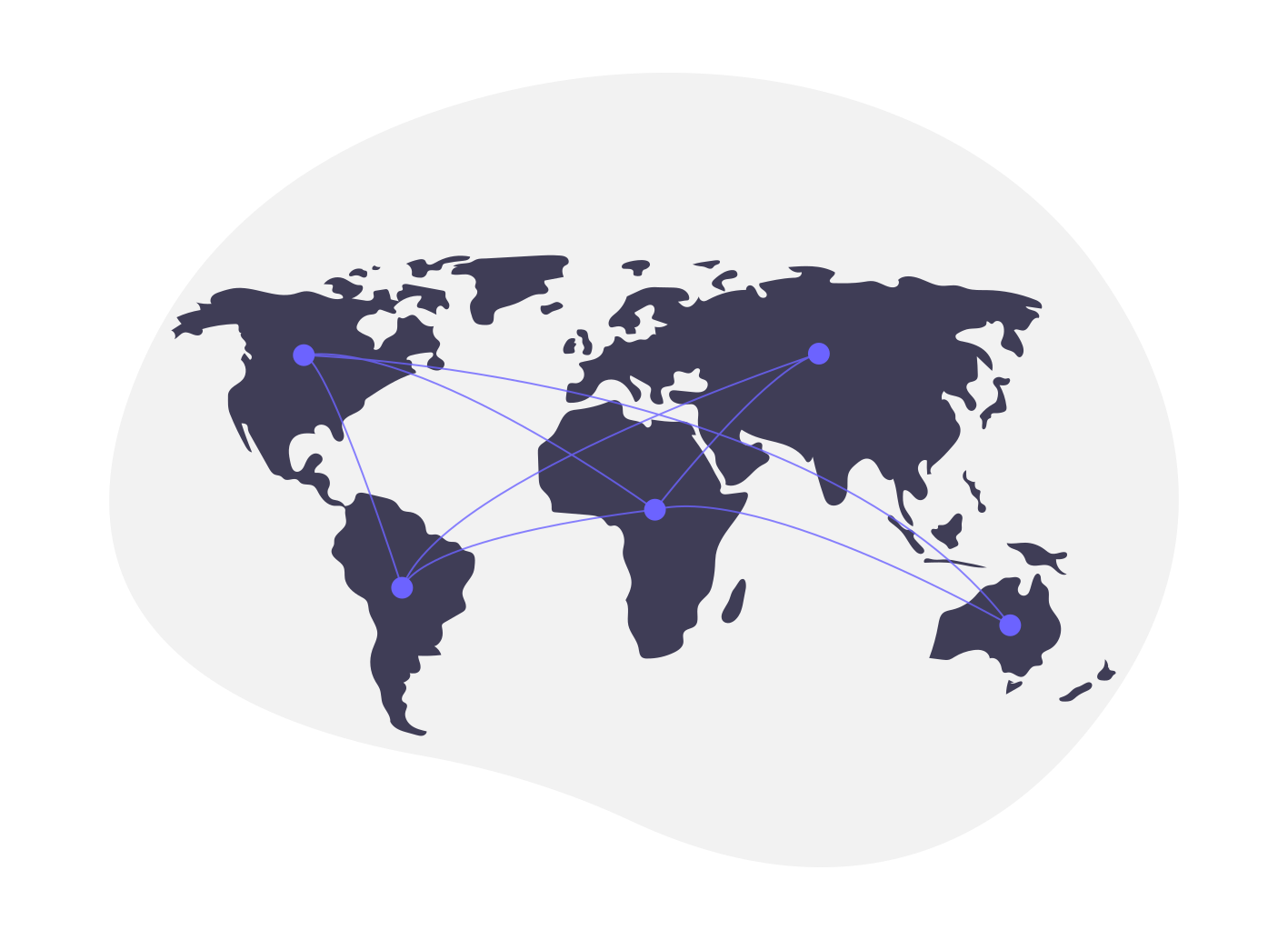In the ever-evolving landscape of marketing, understanding your audience is paramount. One of the most effective ways to achieve this is through demographic segmentation. This fundamental concept involves dividing a market into smaller groups based on shared characteristics, enabling businesses to tailor their strategies and connect more effectively with their target audience. In this blog, we will delve into the basics of demographic segmentation, its key components, and how it can enhance your marketing efforts.
What is Demographic Segmentation?
Demographic segmentation is a market segmentation strategy that categorizes a broad consumer or business market into sub-groups based on specific demographic variables. These variables can include age, gender, income, education level, occupation, family size, and more. By understanding these characteristics, businesses can create more personalized and targeted marketing campaigns that resonate with specific segments of their audience.
Key Components of Demographic Segmentation
-
Age
- Different age groups often have distinct preferences, behaviors, and needs. Segmenting your market by age can help tailor your products and marketing messages to appeal to specific age brackets.
-
Gender
- Gender segmentation recognizes that men and women may have different buying behaviors and preferences. Tailoring marketing efforts based on gender can enhance relevance and engagement.
-
Income
- Income levels can significantly influence purchasing power and preferences. Segmenting by income allows businesses to target high, middle, or low-income groups with appropriate products and marketing messages.
-
Education Level
- Education level can impact consumer behavior, product preference, and brand perception. By understanding the educational background of your audience, you can tailor your communication style and content.
-
Occupation
- Occupation segmentation considers the professional background of individuals, which can influence their interests and purchasing decisions. This helps in creating relevant marketing strategies for different professional groups.
-
Family Size
- Family size and structure, such as singles, couples, or families with children, can affect consumer needs and buying patterns. Understanding this can help in developing targeted campaigns for each group.
Benefits of Demographic Segmentation
-
Personalized Marketing
- By segmenting your audience demographically, you can create more personalized marketing messages that resonate with specific groups, leading to higher engagement and conversion rates.
-
Improved Customer Understanding
- Demographic segmentation provides deeper insights into the characteristics and behaviors of your audience, allowing for more informed marketing decisions.
-
Efficient Resource Allocation
- Targeting specific demographic segments helps in allocating marketing resources more efficiently, ensuring that efforts and budgets are directed towards the most promising groups.
-
Enhanced Product Development
- Understanding the needs and preferences of different demographic segments can guide product development, ensuring that new products meet the demands of your target audience.
-
Competitive Advantage
- Businesses that effectively utilize demographic segmentation can gain a competitive edge by addressing the specific needs of their audience better than their competitors.
Implementing Demographic Segmentation
To implement demographic segmentation effectively, follow these steps:
-
Data Collection
- Gather demographic data from various sources such as customer surveys, purchase history, website analytics, and social media insights.
-
Data Analysis
- Analyze the collected data to identify distinct demographic segments within your audience. Look for patterns and common characteristics.
-
Segment Identification
- Define clear and actionable demographic segments based on your analysis. Each segment should have unique traits that distinguish it from others.
-
Targeted Strategies
- Develop tailored marketing strategies for each demographic segment. Craft specific messages, choose appropriate channels, and design campaigns that resonate with each group.
-
Continuous Monitoring
- Continuously monitor the performance of your segmented marketing campaigns. Use feedback and data to refine your strategies and improve targeting.
Conclusion
Demographic segmentation is a powerful tool that allows businesses to understand and connect with their audience on a deeper level. By categorizing your market based on key demographic variables, you can create more personalized and effective marketing strategies that drive engagement and conversions. As you implement demographic segmentation, remember to collect and analyze data meticulously, define clear segments, and continuously monitor and adjust your strategies for optimal results. Embrace demographic segmentation to enhance your marketing efforts and achieve greater success in reaching and engaging your target audience.


